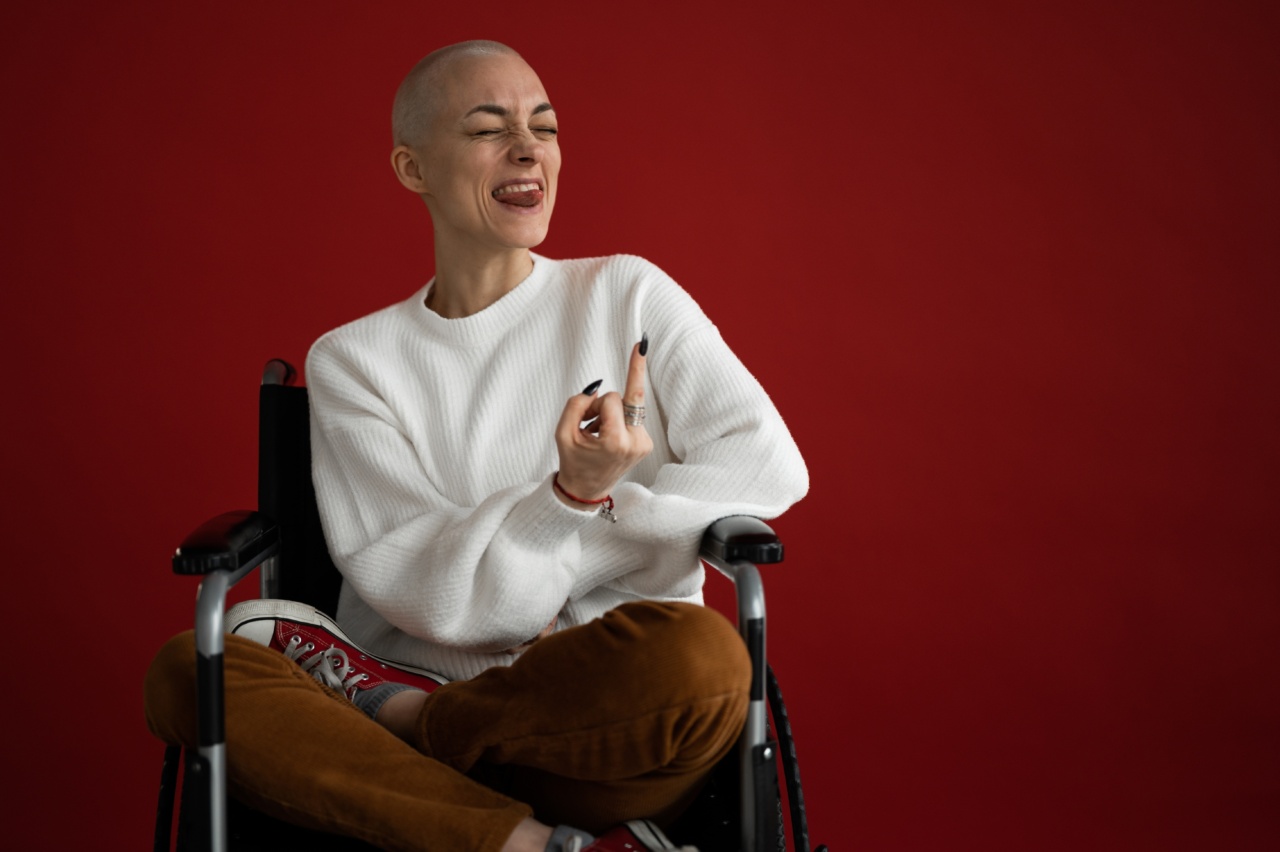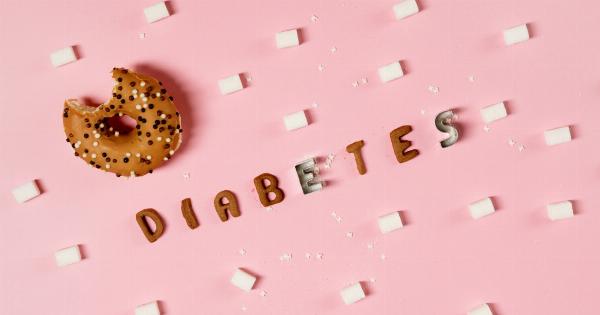Cancer is a disease that affects millions of people worldwide, and its prevalence continues to increase.
While genetics and environmental factors play a role in cancer development, lifestyle choices can also significantly impact an individual’s likelihood of developing the disease. In this article, we will explore ten habits that have been linked to an increased risk of cancer.
1. Smoking
Smoking tobacco is one of the most well-known habits that can increase the risk of cancer. Tobacco smoke contains numerous harmful chemicals, including carcinogens that can damage DNA and lead to the development of cancer cells.
Lung cancer is the most common type of cancer associated with smoking, but it can also increase the risk of other cancers such as bladder, throat, and pancreatic cancer.
2. Excessive Alcohol Consumption
While enjoying an occasional drink may not be harmful, excessive alcohol consumption can significantly increase the risk of developing various types of cancer. The more alcohol a person consumes, the higher their risk becomes.
Alcohol can cause damage to DNA, leading to genetic mutations that can result in cancerous cells. Cancers associated with excessive alcohol intake include liver, breast, colorectal, and esophageal cancer.
3. Poor Diet
A diet high in processed foods, unhealthy fats, and low in vegetables and fruits can contribute to the development of cancer.
Such a diet lacks essential nutrients and antioxidants that help protect the body against the damage caused by free radicals, which can increase the risk of cancer. A healthy diet rich in whole grains, lean proteins, fruits, and vegetables is crucial for reducing the risk of cancer.
4. Lack of Physical Activity
Leading a sedentary lifestyle with minimal physical activity not only increases the risk of obesity, but it also raises the likelihood of developing cancer.
Regular exercise has been shown to reduce the risk of various types of cancer, including breast, colon, and lung cancer. Physical activity helps regulate hormone levels, boosts the immune system, and aids in maintaining a healthy weight, all of which play a role in reducing cancer risk.
5. Prolonged Sun Exposure
Excessive exposure to harmful ultraviolet (UV) radiation from the sun or tanning beds is a well-known risk factor for skin cancer. This includes both prolonged sun exposure and sunburns.
Over time, UV radiation can cause DNA damage and mutations that lead to skin cancer. Protecting the skin with appropriate clothing and using sunscreen can significantly reduce the risk of skin cancer.
6. Environmental Toxins
Exposure to certain environmental toxins and chemicals can increase the risk of cancer. Examples include workplace exposures to asbestos, benzene, formaldehyde, and certain pesticides.
It is crucial to follow safety guidelines and regulations in industrial and agricultural settings to minimize exposure to these harmful substances and reduce the risk of developing cancer.
7. Obesity
Being overweight or obese is a significant risk factor for several types of cancer, including breast, colorectal, pancreatic, and kidney cancer. Fat cells produce hormones and other substances that can promote the growth of cancer cells.
Additionally, excess body weight can result in chronic inflammation, which plays a role in the development of cancer.
8. Alcohol and Tobacco Use in Combination
The combination of excessive alcohol consumption and tobacco use is particularly detrimental to health and significantly increases the risk of developing cancer.
Both alcohol and tobacco have independent carcinogenic effects, but their combined use has a synergistic effect, amplifying the risk of cancer development.
9. Lack of Regular Screening
Regular screenings for various types of cancer, such as breast, cervical, and colorectal cancer, can detect the disease in its early stages when treatment is most effective.
Failure to undergo routine screenings can delay the detection of cancer, leading to a higher likelihood of advanced-stage diagnosis and decreased chances of successful treatment.
10. Chronic Stress
While stress does not directly cause cancer, chronic stress can weaken the immune system and impair its ability to fight off cancerous cells.
Stress can also lead to unhealthy coping mechanisms such as smoking, excessive drinking, or overeating, which further increase the risk of cancer.




























